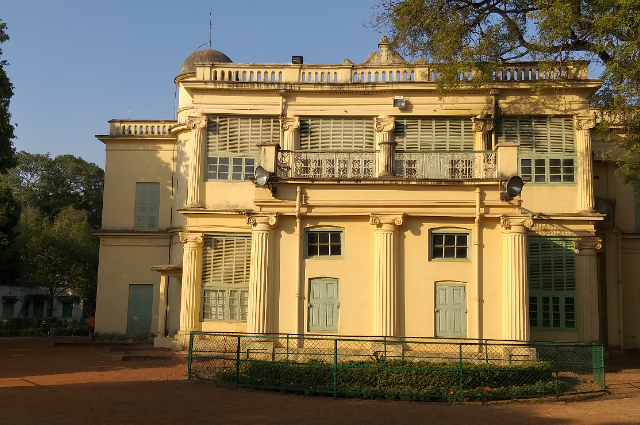Shantiniketan, the prestigious institution founded by Rabindranath Tagore has been added to UNESCO's World Heritage List. This makes it the 41st UNESCO World Heritage Site in India and the third in West Bengal.
Shantiniketan was recognized for its association with Tagore's life and vision as well as a commitment to global cooperation, care for people and the environment, and an unique approach to education.
Shantiniketan founded by Nobel Laureate Rabindranath Tagore in 1901 has earned a place on UNESCO's World Heritage List. This prestigious institution situated in the University town of West Bengal's Birbhum district was established as a residential school and a centre for learning art and later it evolved into the world-renowned Visva- Bharti University. It was built on ancient Indian traditions and transcended religious or cultural boundaries.
The inclusion of Shantiniketan on the UNESCO World Heritage List was announced during the 45th session of the World's Heritage Committee in Riyadh, Saudi Arabia. Shantiniketan has now joined the ranks of the Sunderbans and the Darjeeling Mountain Railways.
Last year, West Bengal's Durga Puja secured a place on the Intangible Cultural Heritage list by UNESCO.
Both the Prime Minister of India and the Chief Minister of West Bengal celebrated this recognition. Shantiniketan's development over the years has been supported by the people thus further nurturing Tagore's vision.
It was highlighted that the community of intellectuals, teachers, artists, and skilled individuals collaborated at Shantiniketan developing a unique style in art and architecture.
Shantiniketan's approach to art education was compared to influential art movements of the past such as Bauhaus, German Expressionism, and Mingel in Japan. While those valued creativity, Shantiniketan was more human-centered centered incorporating diverse influences.
The dossier was meticulously prepared by Professor Manish Chakraborti of the School of Architecture and Planning at Sister Nivedita University in Kolkata, along with conservation architect Abha Narain Lambah.
The property spanning 36 hectares will be conserved and protected by the Archaeological Survey of India (ASI).
In addition to Shantiniketan, other sites, including Ancient Jericho in Palestine, the Zarafshan-Karakum Corridor of Silk Roads in Tajikistan, Turkmenistan, and Uzbekistan, the Gedeo Cultural Landscape in Ethiopia and the Cultural Landscape of Old Tea Forests of the Jingmai Mountain in China's Pu'er also earned a place on UNESCO's World Heritage List.
. . .
Reference:

